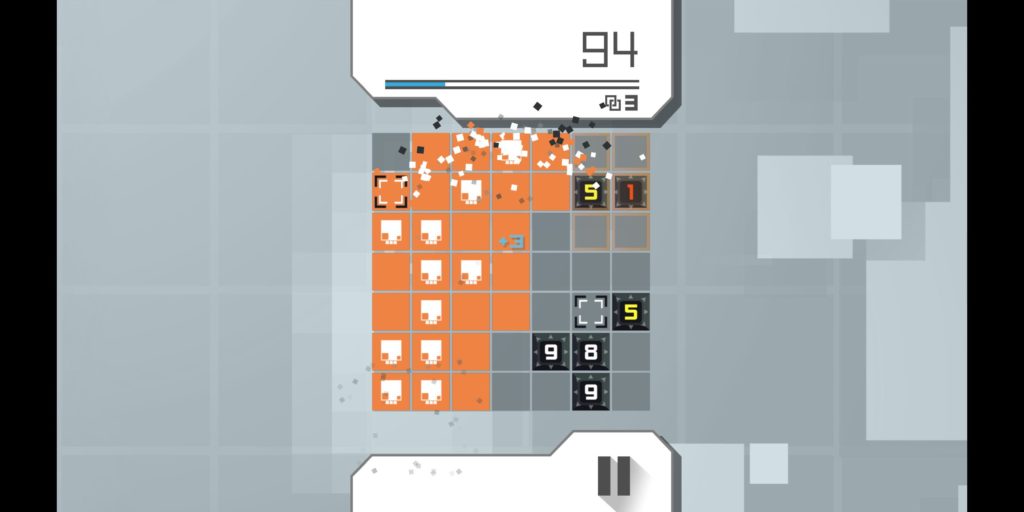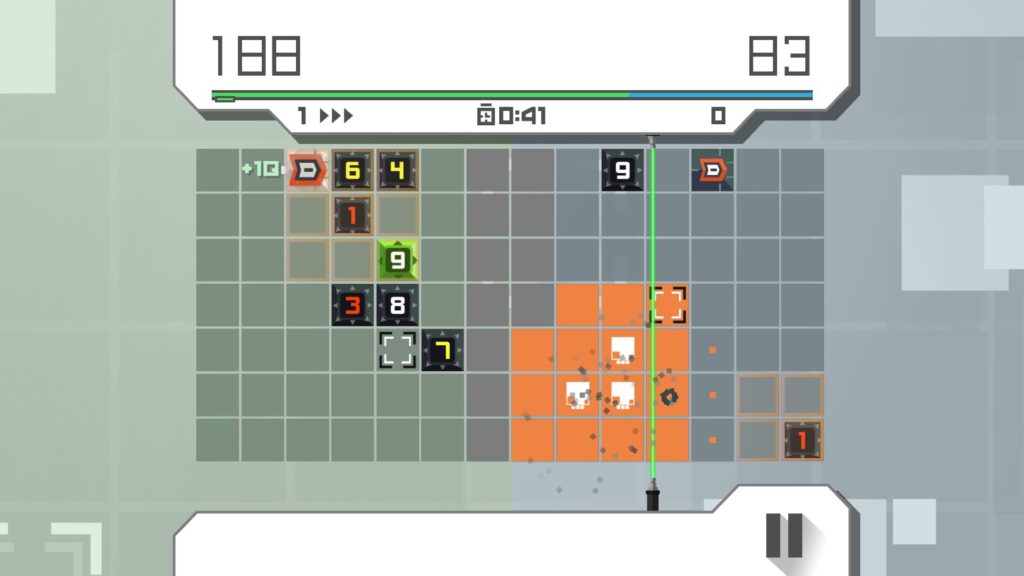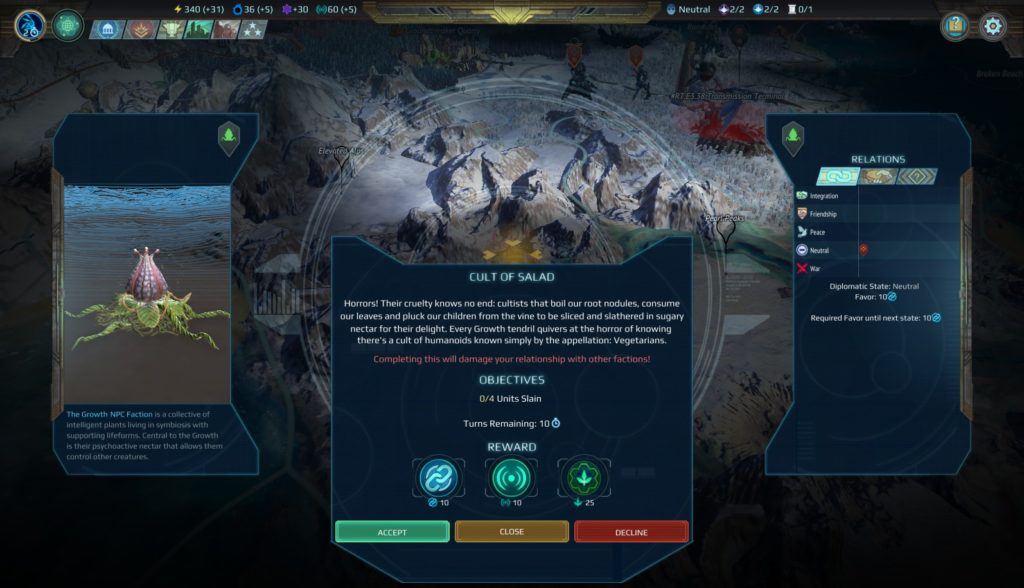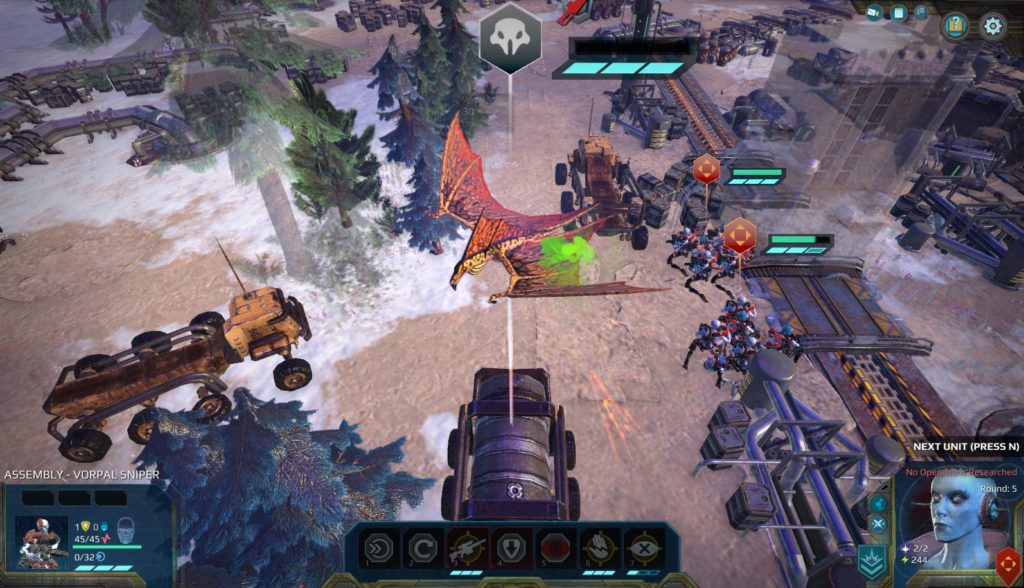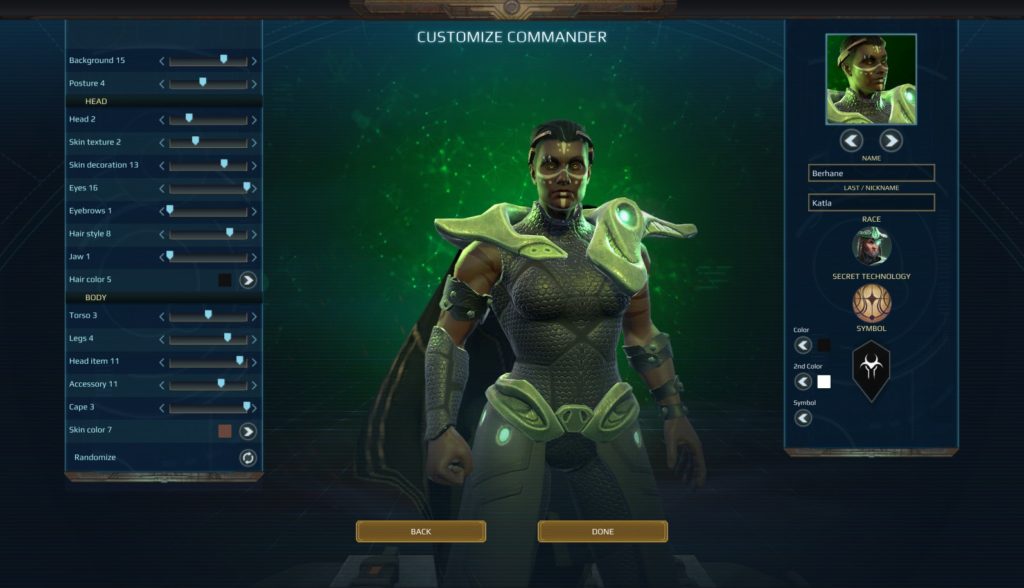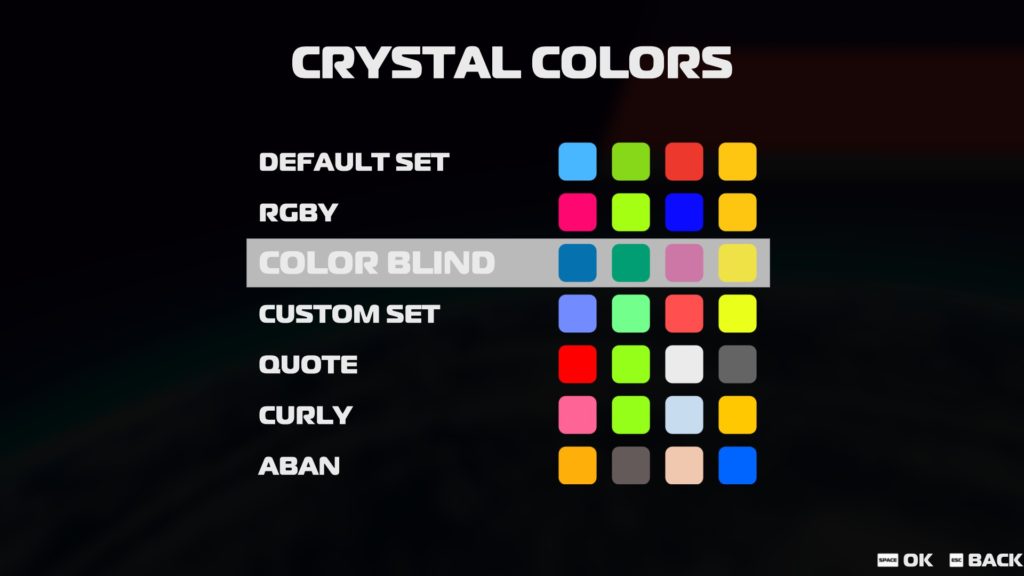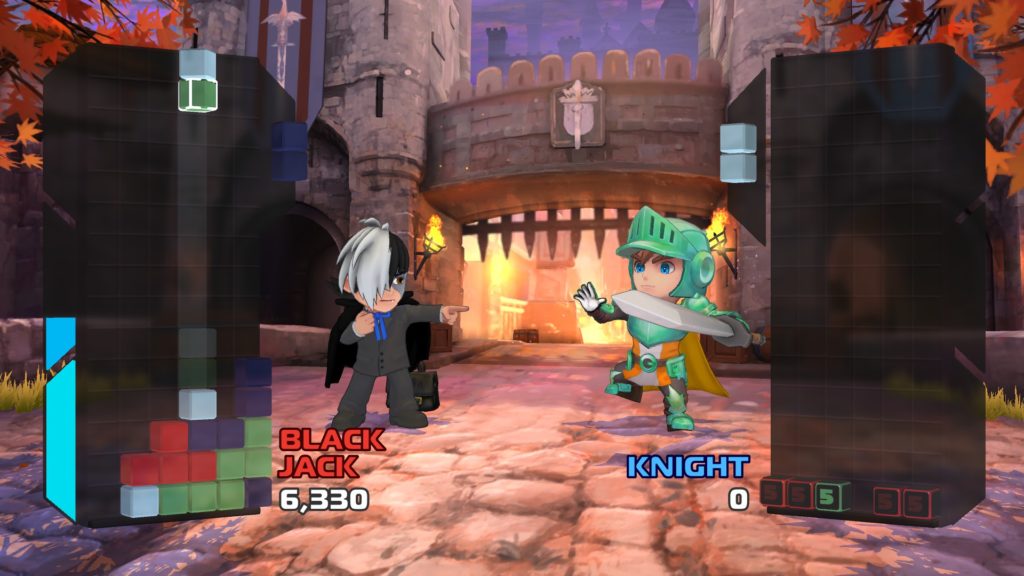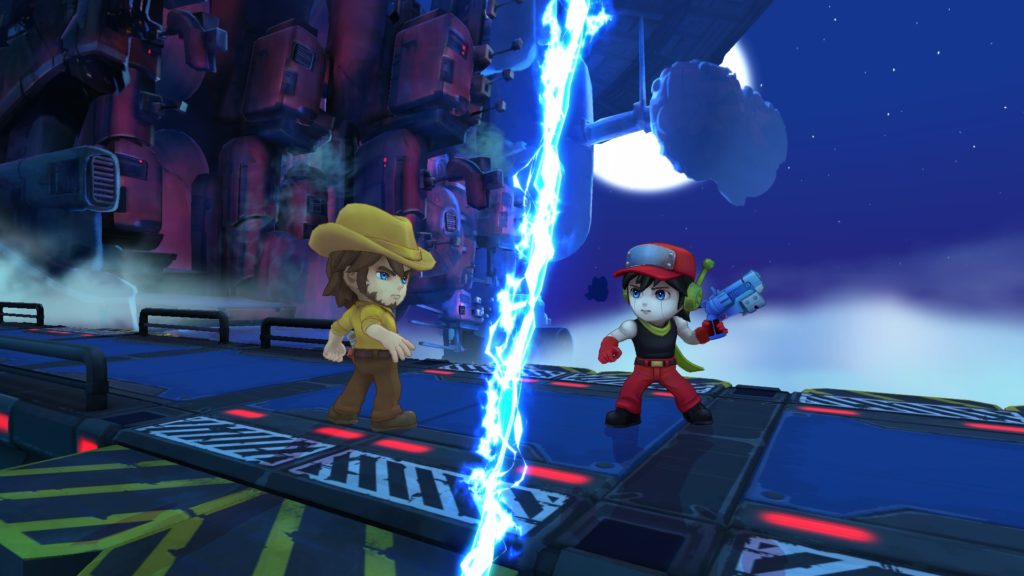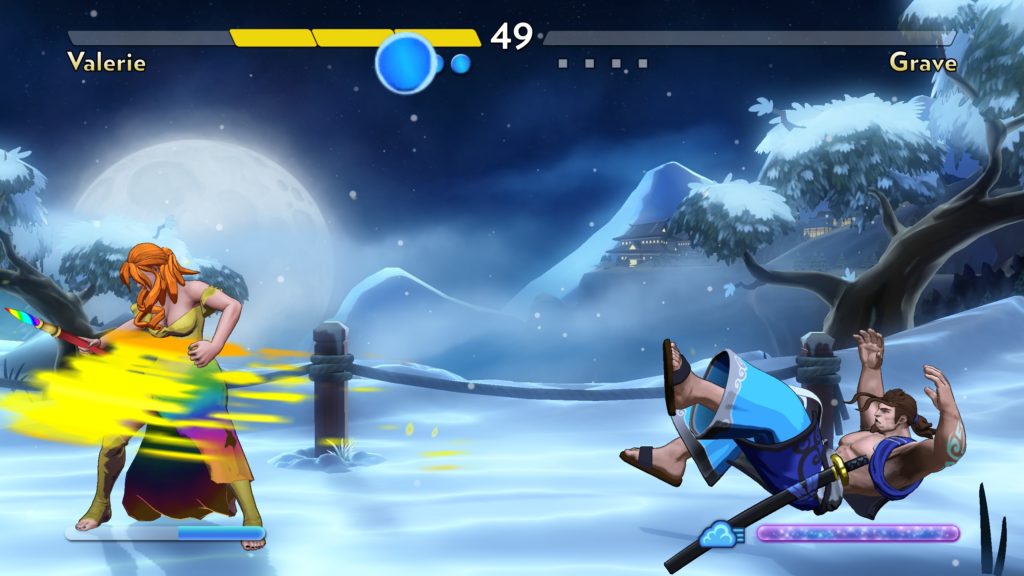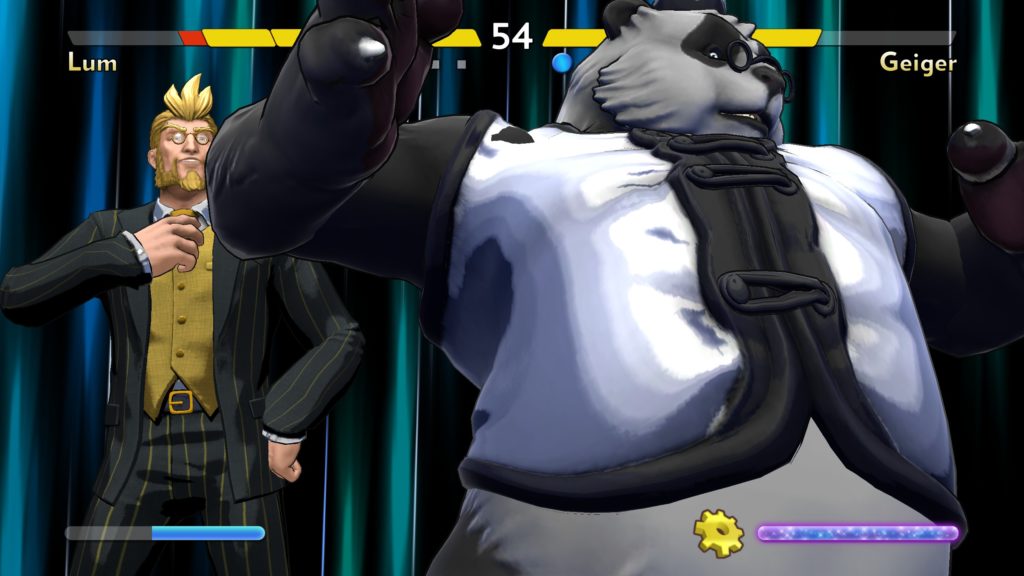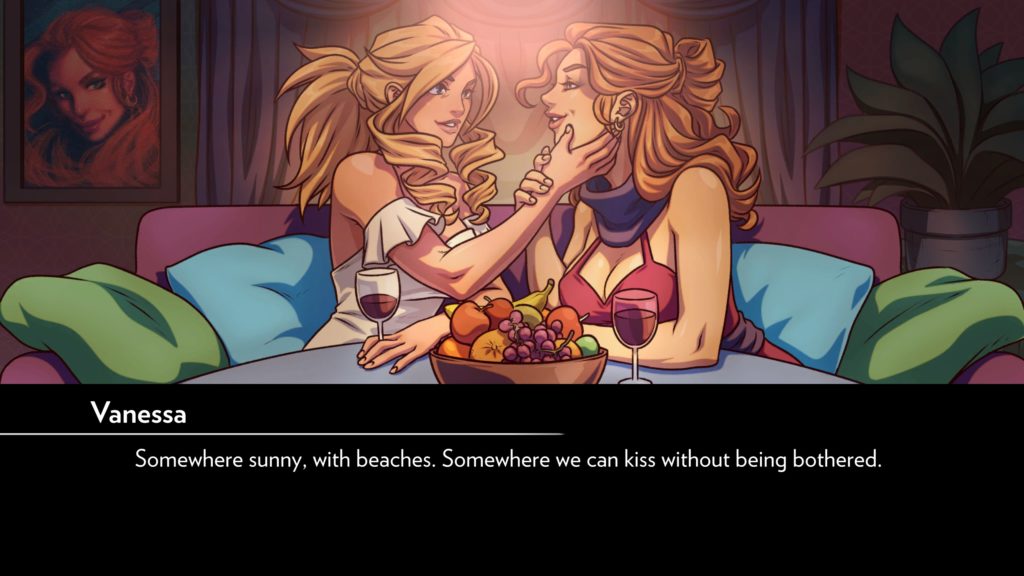Re: Legend (Early Access Review)

Source: Cashmoneys
Price: £15.49
Where To Get It: Steam
As soon as I saw the farm, messy and strewn with rocks and trees, I knew. Or thought I did. “Ohhh boy”, I thought “I’m going to get halfway through this, and my energy will be pretty low.” Nope. I thought “Fishing is going to be my main source of income, because it’s easy.” Not… Quite true.
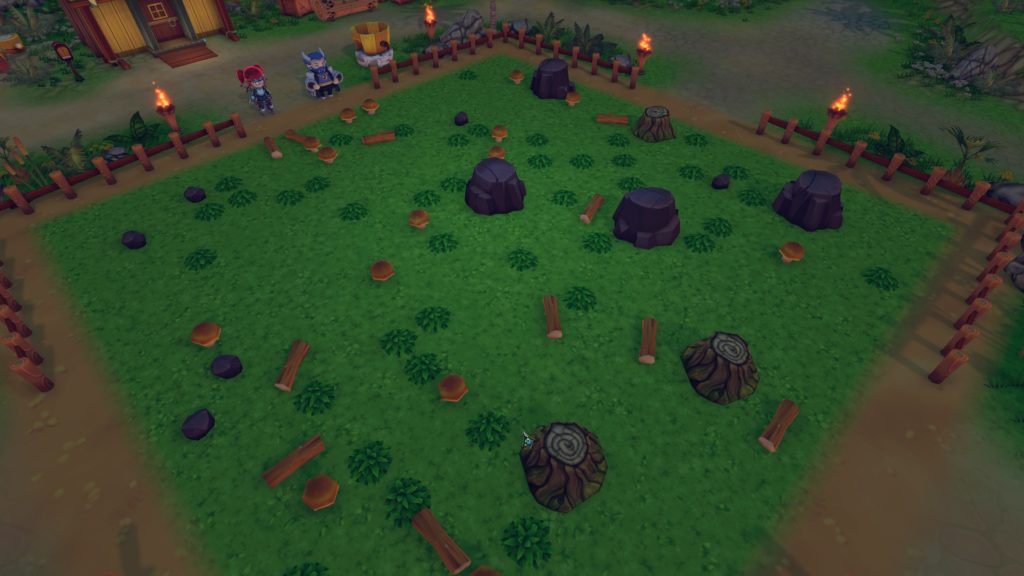
Essentially, I went in with expectations of a farm-life/adventurer sim in the style of Rune Factory, or Stardew Valley, and, while it is that… It’s also got its own flavour. Some good, some not so good, but averaging out, I feel, to “A’ight.” Which, considering it’s in Early Access (and parts of the review may be out of date by tomorrow, since the devs are updating at a steady clip), still gives it a fair bit of wiggle room.
So, let’s begin with the general idea, for those new to the genre: You, an amnesiac hero(ine), are welcomed into a small, rural community (In this case, on an island, so beaches and palm trees are common), given a farm, and, very quickly, you realise there’s adventure to be had in them thar hills. Or, y’know, you could do a lot of avoiding enemies (running doesn’t take stamina? Don’t you dare change that, devs, it’s wonderful!) to mine stuff you can’t get at home, farming, doing quests for folks, festivals, minigames… And, of course, romancing folks.
I haven’t gotten to that part yet, so I can’t tell if there’s some Good Gay options in there, but it’s all there, it’s mostly enjoyable, and those who’ve played this genre before not only know what to expect, they have some pleasant surprises. Like underwater plants (Trust me, if you’re new to this genre: Folks love more things to farm) and a pet system (And pets can have utility both inside and outside of combat, such as the Draconewt you start with, whose watery breath isn’t just useful in combat… It’s a nice, easy way of watering your crops, too!)
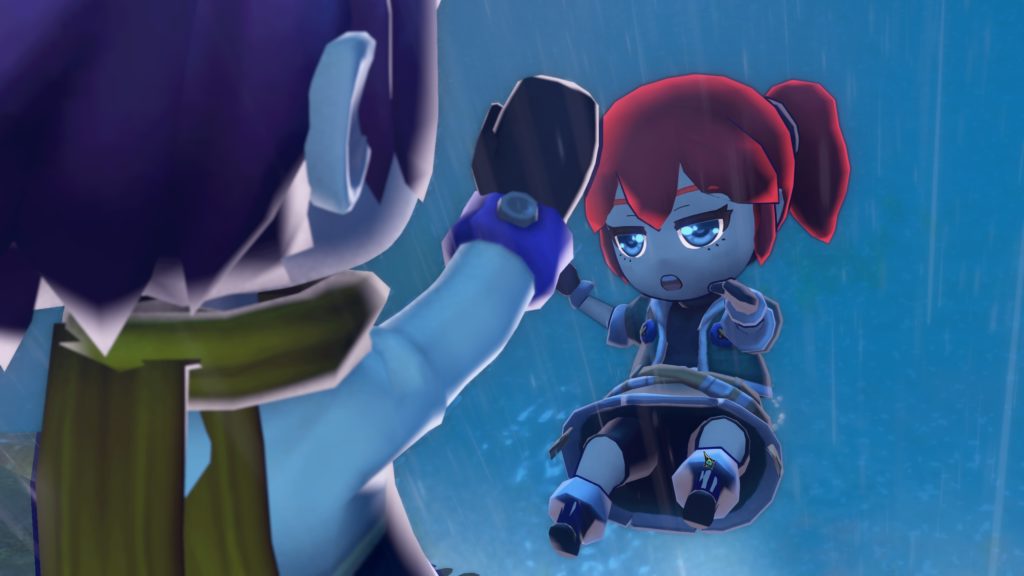
Aesthetically, it’s pleasing, with good, lowish poly character designs, a bright and cheery world, and a mostly clear UX (It took a friend pointing it out during multiplayer that I could add to my pet’s stats, for example.) I didn’t really find the tunes memorable, but that’s more because they fit just fine, and things that fit just fine… Well, you only tend to notice what doesn’t fit so well, generally speaking. Speaking of not fitting so well… Complaints and niggles.
Starting with the base stuff, tutorialising for things like fishing is a bit sparse (It took me a few tries to get the hang of fishing, for example, not helped by… ohboy, a bigger fish just ate the smaller one on my hook, and now I’ve got a bigger fight ahead of me), and not all of the minigames are enjoyable. Smithing immediately comes to mind, a “Hit the coloured bits on the bar” game where said coloured bits are… Rather small. Melee is, honestly, not as useful as the ranged options, especially when it comes to, for example, the first boss, who electrifies himself. And it can be fiddly to pick things up, water, or plant things, since you aren’t fixed to the tiles it uses (Also, if a pet is nearby, you can easily end up leaping on to ride them rather than pick up the thing your pet is standing over, necessitating leading said pet away. Every time.)
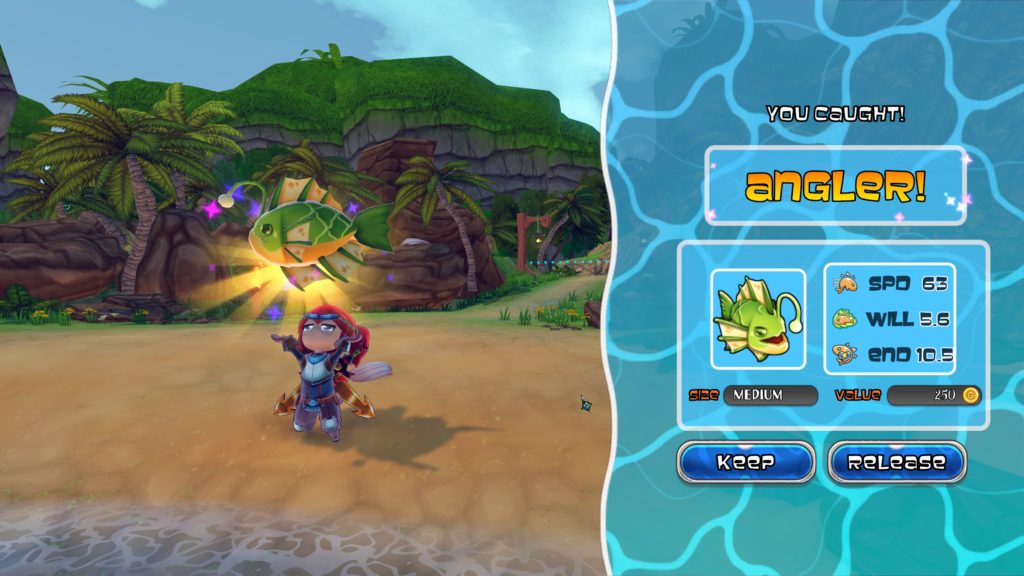
Finally on the crit, there’s multiplayer. It’s a relatively recent addition, so I certainly don’t mind the bugs, knowing that the community is pretty good at reporting them, and the devs, as I’ve noted, update pretty rapidly at the present time. I don’t even mind the lack of any sort of pausing, because synced pausing is unfun for the other player, and any other method would be a bloody nightmare. But the method of starting a co-op session is poorly explained, requiring you to copy the host’s Steam ID (the numerical one the game gives you, not your profile name or account name), and then pasting that in to connect (3 players can join a host, sharing a farm, and… The sales bin. Which, considering myself and my multiplayer partner have yet to find a means of expanding this, isn’t the best of times.)
But this is still relatively early days, the game is pretty solid overall, and, even now, I would recommend this to fans of this genre wot Harvest Moon, Rune Factory, and Stardew Valley belong to, the… Farmer-Adventurer RPG Lifesim? Not quite sure. Anyway, it’s reasonable right now, and certainly shows promise.
The Mad Welshman actually quite likes the humble farmer-adventurer. Sure, they can be massive jerks, but they’re massive jerks who put food on his table.


